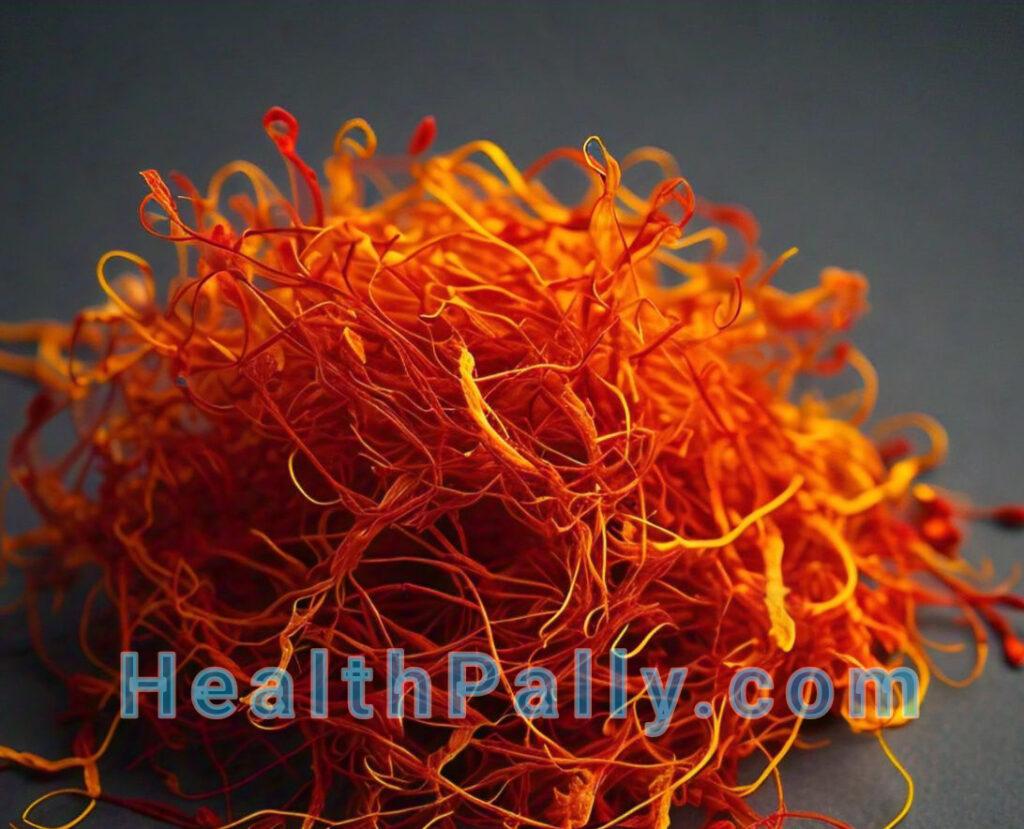The saffron spice and its history
In Greek mythology, it is reported that Zeus rested on a bed of saffron.
Saffron was used by the Phoenicians as a remedy and as a spice.
At the time they had the appearance of using the Saffron spice from the Indians, who also knew about the benefits and the value of saffron.
During that time, the Saffron spice was considered an absolute luxury, and absolute purity was very important.
Who dared to try the cutting or even the faking of the saffron spice, the expected very high penalties.
In many cultures, it was also part of the tradition to dye the wedding veil with saffron in a rich yellow in a marriage.
The wealthy among the ancient Romans even went so far as to sprinkle their wedding bed with saffron threads. Even its use as a remedy was widespread.
In addition, the saffron ointments were produced which, in addition to a caregiver, was also said to have a healing effect.
Oils and Balsams were also made from saffron. Besides, of course, its use as a spice was legendary.
From the Middle Ages as well as from the modern era, traditions are known to give the saffron spice an intoxicating effect.
This effect in itself also stems from the phrase “You ate a sack of saffron.” This is characteristic of highly dismissed and mischievous behavior, which differs greatly from the norm of the person concerned.
The saffron spice is still often falsified even today
Because the saffron, but above all the finished dried saffron spice on the market achieves all the highest prices, resourceful fraudsters always see themselves tempted to forge and stretch saffron. And that also applies in the present time.
Counterfeit saffron threads are still being offered on the market today, but they can be easily identified by those who know about the appearance, smell, and color of the real saffron spice.
Turmeric is usually used to make counterfeits.
Chemically, such a forgery is also detected with a kind of caustic soda, which is given in a solution from a saffron powder dissolved in water.
If the saffron is pure, then the solution remains yellow even after adding the caustic soda lye.
However, if the saffron spice is a forgery, the solution will either dim or get a reddish discoloration.
Already several centuries ago, spice traders used this type of test to distinguish the real saffron spice from counterfeits.
This test is based on the chemical composition in which the real saffron and the mixed with turmeric are different.
The dye thistle is also known as the wrong saffron. In the past, it was used to dye silk.
If this dye thistle is used instead of the real saffron, this is reflected in the intensity of the odor as well as the coloration.
The dishes prepared here are much weaker and do not taste too intense.
If you look at the fake saffron in pure yarn, you will quickly see the differences in the beautiful threads of the real saffron spice.
The real saffron spice is very easy to recognize and the two to three centimeters long scar funnels are also funnel-shaped. They should also be rolled up nicely and provided with notches.
To avoid counterfeiting and to give the consumer the highest possible degree of safety, real saffron has been quasi-certified according to the ISO guidelines, thus pretending the guidelines according to which counterfeits can be differentiated from real saffron spice.
The saffron prices and their origin
Saffron is considered one of the most expensive spices in the world.
From the star chef to the housewife, everyone knows the value of the saffron spice.
Saffron is also becoming more and more important in the field of medicinal products.
Of course, it is fundamental that the demand determines the price and, given that saffron can only be harvested in a rather tight window of time, this alone results in an increased price.
Moreover, the fact that the special crocus species from which the saffron spice is extracted is a hybrid. This means that this plant cannot multiply on its own.
Rather, it must be elaborated by a hand-held division of the tubers of each plant.
This is a very laborious and time-consuming process, which requires a lot of material, as well as numerous helpers.
The actual point for the high price, however, can be seen in the more than low yield and the extremely elaborate harvest.
On the one, each flower has to be harvested separately, on the other it is so that about 200,000 flowers must be harvested to obtain just one kilogram of saffron.
These 200,000 flowers are to be found in an area of cultivation with a size of about 10,000 square kilometers, i.e. about one hectare.
So consider that per hectare of cultivated area, only about one kilo of spice can be harvested.
The prices themselves are a little different from provider to provider and of course, also depend on the amount of the saffron spice being purchased.
For example, it can be that the customer pays for a single gram of the precious saffron spice and likes to pay seven euros, while the gram price at several hundred grams can also fall to a good three euros.
Traders who shop directly in the cultivated areas pay quite a few thousand euros for one kilogram.
In years when the harvest was quite bad, it could happen that a few tens of thousands of euros were paid per kilogram.
These prices are, of course, also passed on to the customer, so there can be no uniform valid price for this.
